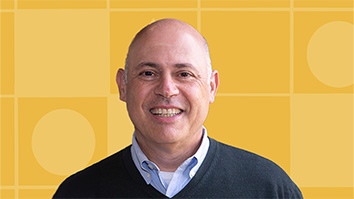Citation
Schlager, M. S., Fusco, J., & Schank, P. (1998, December). Cornerstones for an online community of education professionals. IEEE Technology and Society Magazine, Special Issue: Wired Classrooms: The Internet in K-12. (Editors: Foster and Ginsberg).
Introduction
In a prior issue of Technology and Society, McFarland argues that we should not view the Internet as a superhighway, but rather as a gathering place, or agora, that “brings people together, encourages participation, and supports creativity,” a place that is “always growing, adapting, and changing in response to new ideas and initiatives.”
We agree with McFarland’s metaphor and quibble with only one point. We believe that many of the key social issues raised by McFarland—what form of governance and facilities are needed to support cooperation and group work; how can people with similar interests find one another; how are the benefits and costs of the system shared equitably; and how to foster cooperation and trust—cannot be addressed solely at the level of the Internet as a whole.
We propose viewing the Internet as a landscape containing many gathering places and addressing both design and social issues from the perspective of each individual place and the community that shapes it. Different kinds of public gathering places, or third places as Oldenburg calls them, attract and serve the needs of different groups of people both by design and adaptation. We have been working in a small corner of the Internet for the past two years to create a third place for practitioners of a particular profession—education. Our goal is to learn how to grow a self-sustaining on-line community of education professionals that supports and enhances the professional growth of its members over the length of their careers. In that respect, our third place is intended to be both workplace and informal gathering place. In the spirit of McFarland’s search to find an appropriate metaphor, we have found that a coral reef might best describe how we are trying to grow a diverse and thriving community.


